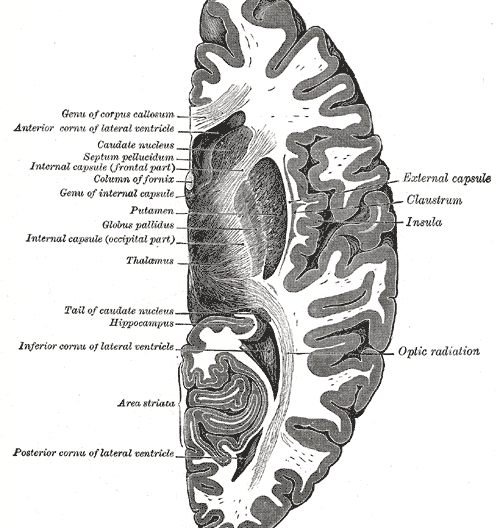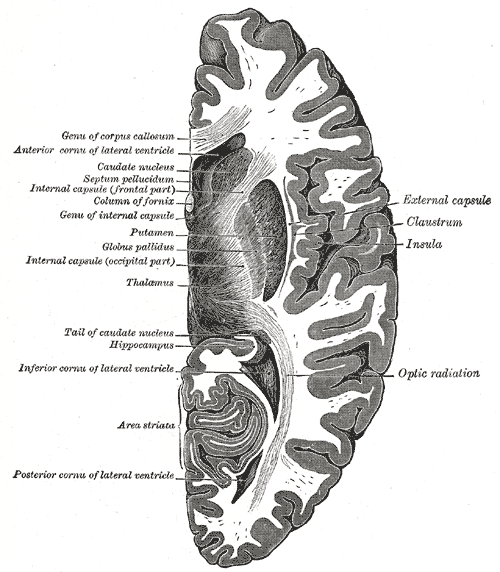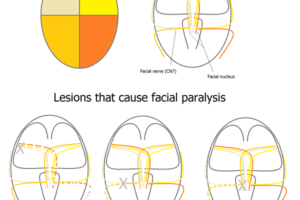
Basal ganglia have been traditionally considered part of the motor system, modulating movement and, when pathological, producing disorders like Parkinson’s disease. In the last two decades the role of several nuclei in addiction and motivation has been heavily studied.

The nuclei that make up the basal ganglia include: putamen, caudate nucleus, nucleus accumbens, globus pallidus (external and internal segments), subthalamic nucleus, substantia nigra (three segments).

